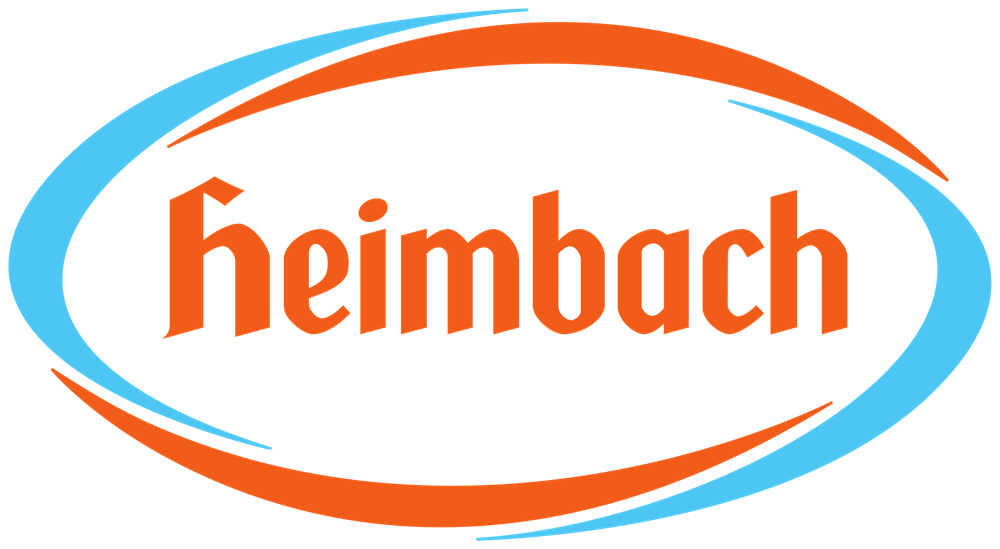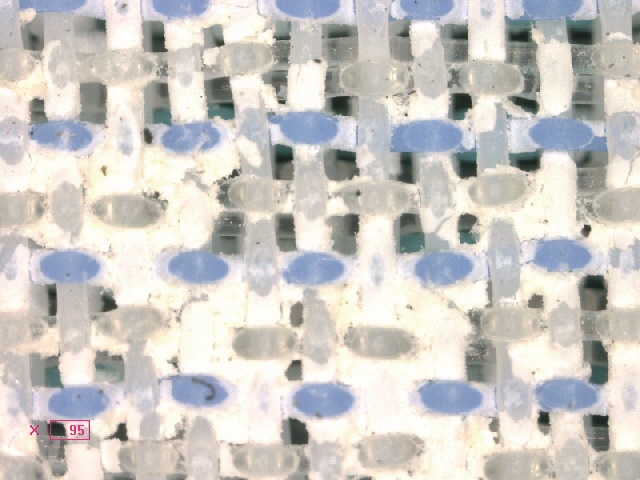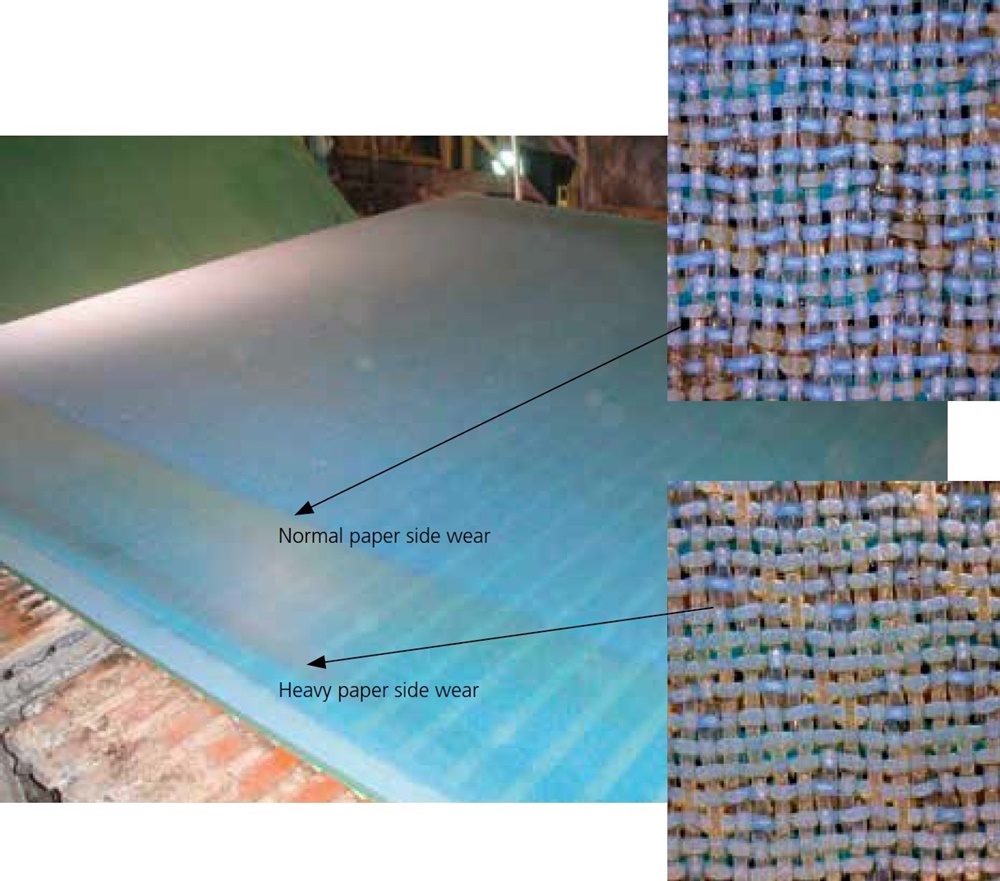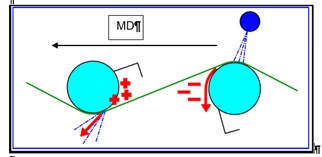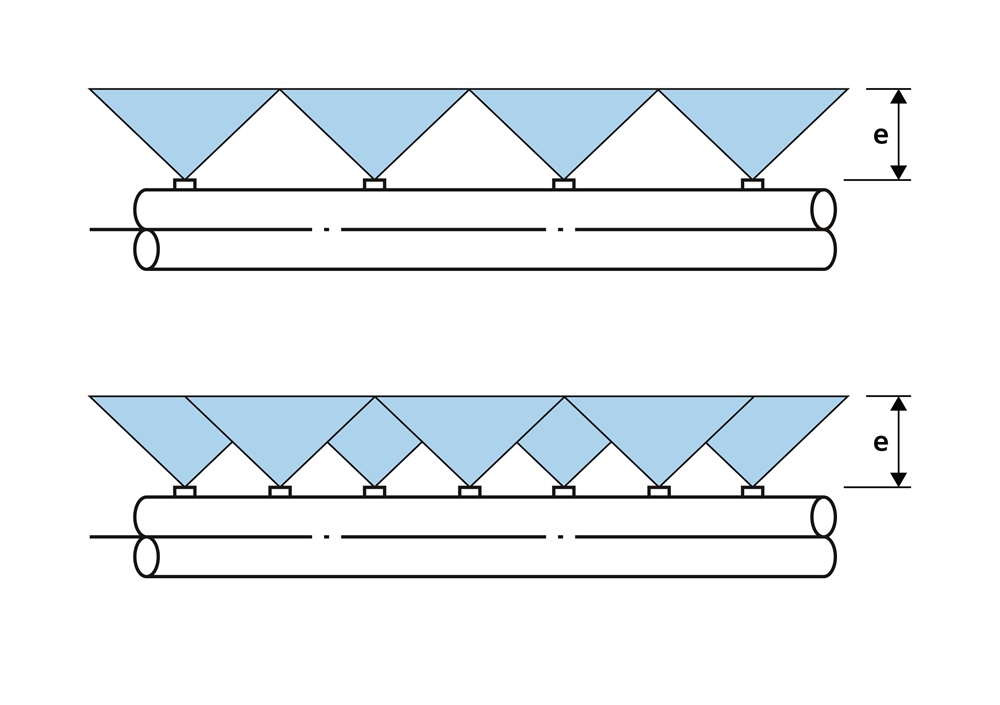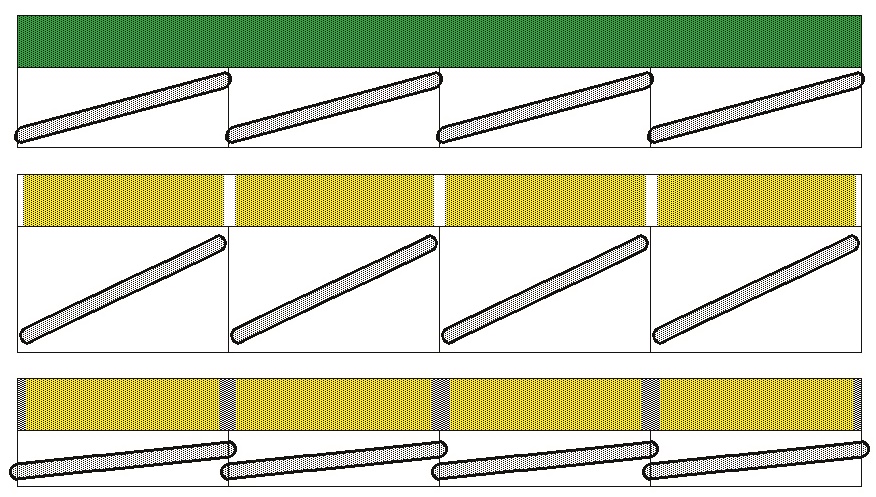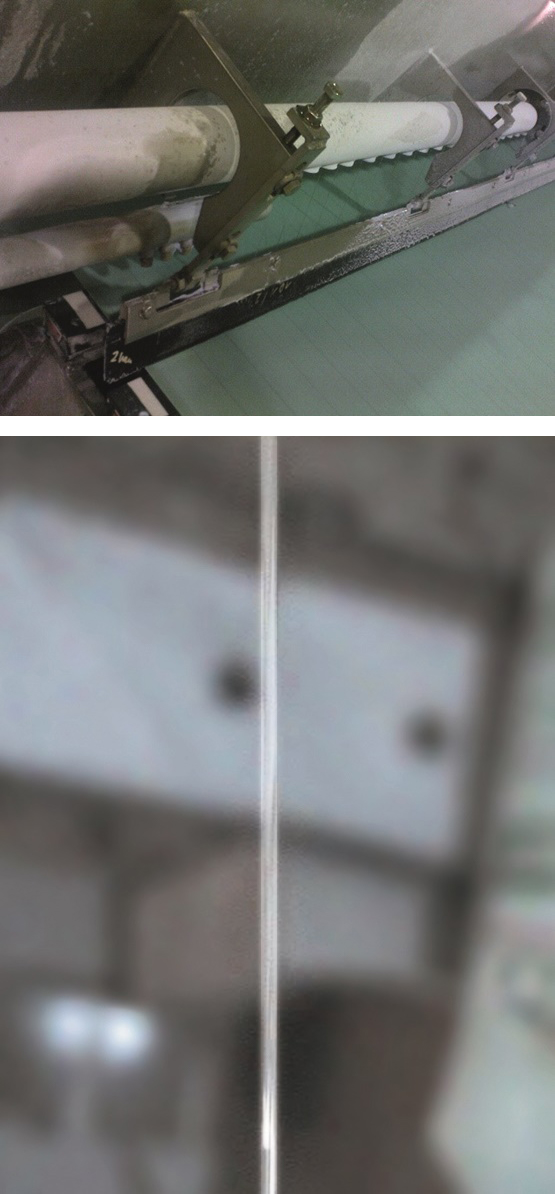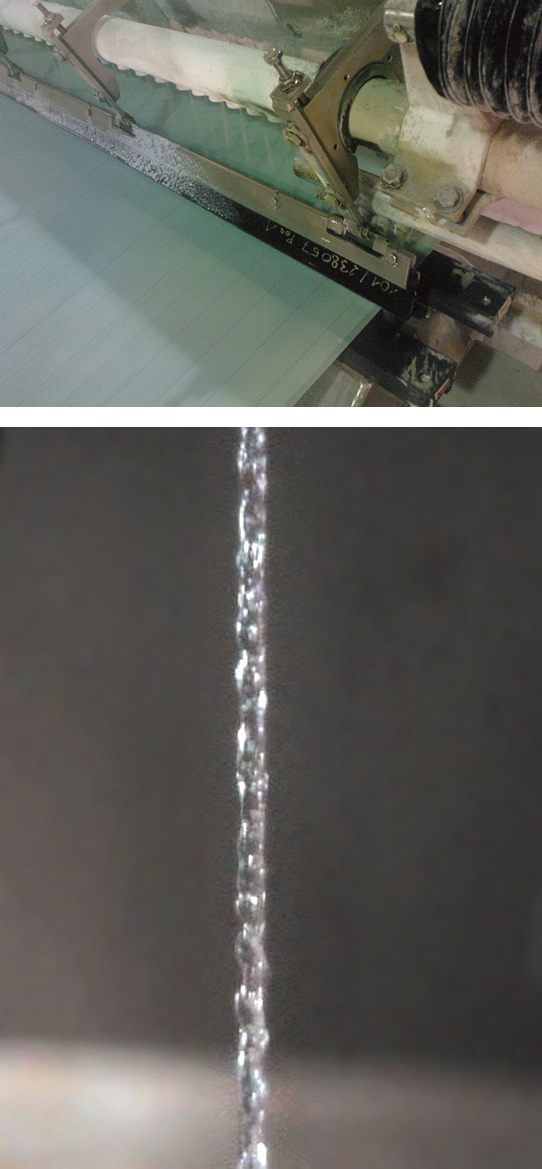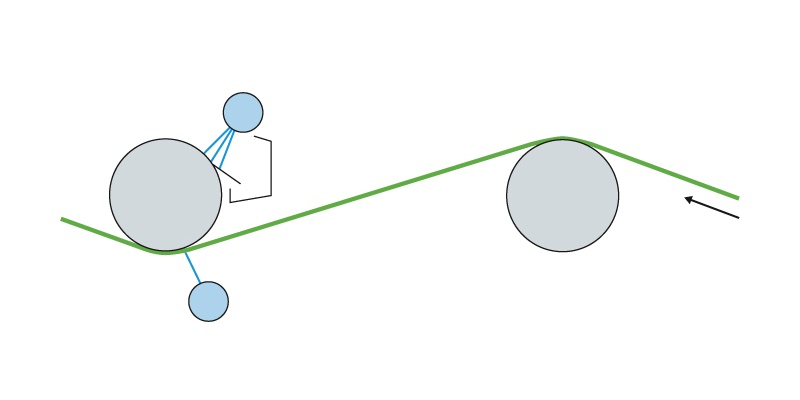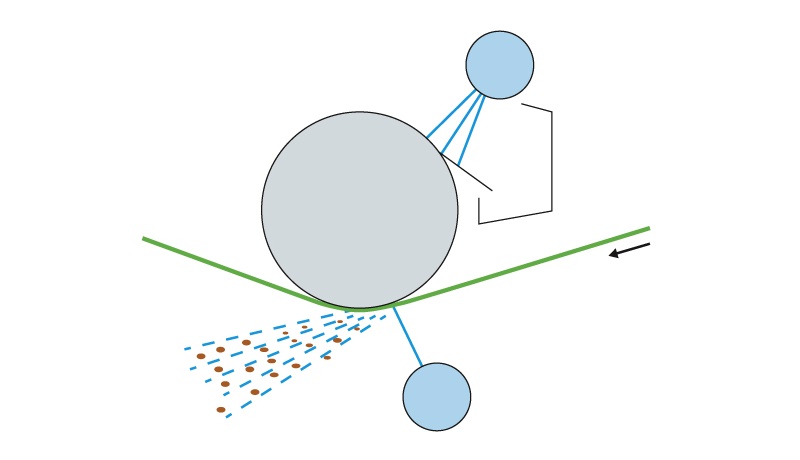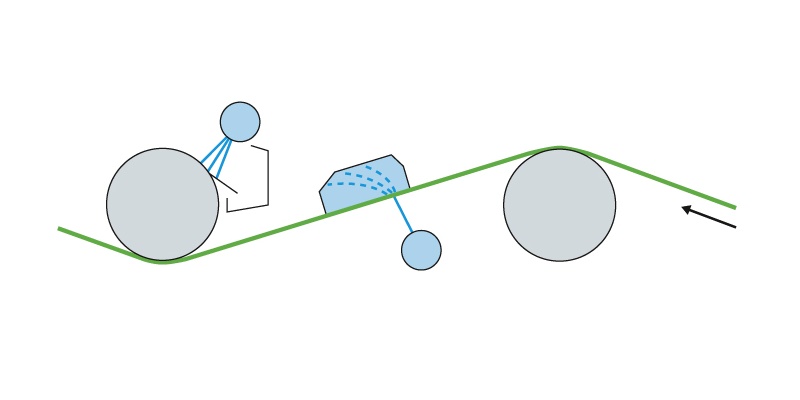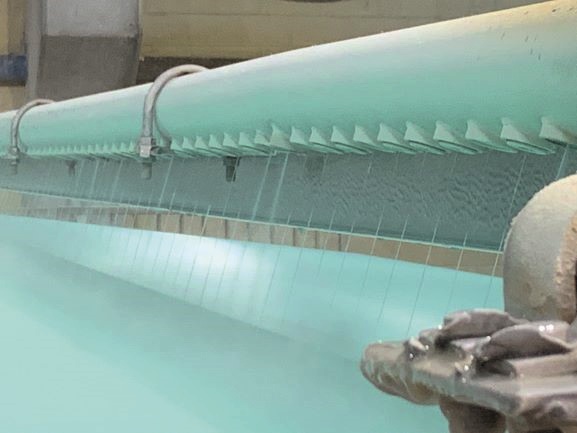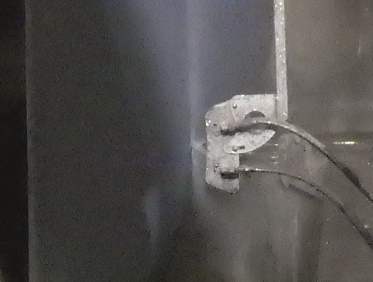P3 7-8/2020 en
Heimbach
Always Keep Things Clean
Focus On
How to describe a modern paper machine? A sensitive giant is probably the best fit. In order to have perfect paper at the reel, all components have to work together perfectly and in harmony. In other words every discrepancy, no matter how small, can sometimes have a surprising and detrimental effect on the production process. As is already well known, a good sheet of paper starts in the forming section, and to ensure that everything runs smoothly here, the fabric must be kept clean and open for long periods of time. You can find out here just how important the subject of forming fabric cleaning and conditioning is.
The methods essentially differentiate between mechanical and chemical cleaning, each of which can be used alone or in combination. In this article we will deal with the most widely used method, mechanical cleaning.
Cleaning is usually effected with showers and only on rare occasions with brushes or wipes that rub against the surface of the fabric, as they carry a risk of extra surface wear.
Did you know that conditioning starts with the choice of clothing? The design of a forming fabric has a huge impact on how dirty it gets, or how clean it remains. It is worth taking a look inside here at a fabric with fewer internal crossover points when compared to conventional SSB fabrics. Primoselect, as shown here, benefits from this as fewer fibres and of course dirt particles remain within the fabric and are transported around the loop. Reduced thickness and low void volume thus help ensure improved former hygiene (Fig 1 & 2).
The alpha and omega of H2O
If you are conditioning clothing, you should definitely focus on the quality and composition of the water used in the process, as this will have a significant effect on the cleaning result. Chemical or thermal influences can lead to the escape of dissolved salts which are deposited on the fabric or even the machine frame. The following applies in connection with cleaning showers: The water jets should be filtered and have the same pH value and the same temperature as the clothing and machine parts that are being treated.
Just as important: The solids loading of the water is a key factor in the choice of nozzle. The more particles there are, the larger the nozzle diameter must be to prevent clogging.
We recommend that you check the nozzles in all showers on a regular basis and replace them at an early stage. Bad cleaning or blocked nozzles can lead to local wear as seen below. Here the doctor conditioning nozzles were blocked and fibres had accumulated on the paper-side return roll, wearing out the paper side of the fabric.
Pressure to reach your goals
Nowadays, fabrics consist of of several layers: paper side, centre, machine side. In this type of fabric structure, fibres, fillers, salts and stickies can fill up in several dimensions at the same time, which has a negative effect on fabric drainage capability and can possibly also lead to problems in the system.
In order for the dirt particles to be effectively removed, a high volume flow or pressure (possibly a combination of both) will be required. In principle, the following applies: The pressure should be as high as necessary so that the deposits are actually removed and not just loosened. At the same time it should be as low as possible, so as to avoid damage to the fabric, and also of course to save energy (Fig 3 & 4).
Showers with fan nozzles
Showers equipped with fan nozzles work well – through a combination of wetting and the natural vacuum that is created when the fabric exits the roll. It fills with air and water which flushes loose debris through the fabric. Additional dewatering and cleaning is achieved on the following rolls through overpressure that occurs when the roll and fabric converge. This works particularly effectively with thin fabrics with few crossover points such as Primoselect (Fig 5).
For optimal cleaning results it is critical that fan nozzles overlap correctly which enables the fabric to be wetted evenly. This is necessary because uneven cleaning can cause premature fabric wear and sheet formation can also be disturbed by the presence of dirt particles (Fig 6 & 7).
The fan nozzles should be aligned on the machine side of the fabric. Typical water pressure should be between 10-15 bar and distance between nozzles should be 100-300 mm.
High Pressure shower: Positioning and set-up
The set-up of the nozzles is of critical importance when ensuring that every dirt particle is removed.
- Choose a jet with laminar flow.
- This must be located approximately 100 mm away from the fabric and slightly rotated into the run direction.
- The cross direction traversing speed should be one nozzle diameter per revolution.
Fig 8 shows a shower pipe on the front side: All nozzles are in excellent condition, the water jet is laminar. Fig 9 shows the same shower on the drive side. Here some nozzles must be damaged or partially blocked as the jet is turbulent. By this we mean that the jet dissolves into individual particles before it hits the screen surface. The cleaning effect is low and there is also a risk that paper-side yarns will be suffer damage.
It is advisable to check the quality and condition of the water jet on a regular basis in order to identify and correct any changes in good time. In the case of defective, dirty or even partially clogged nozzles, the water jet will be compromised, which can lead to poor CD profiles of the sheet.
High Pressure shower: Position of the showers
How and where high-pressure showers are located plays a major role - both with regard to the cleaning effect and to prevent further contamination. Some systems have both machine-side and paper-side high-pressure showers. More often though, there will be a single shower located on the paper side of the fabric.
Typical arrangements are:
a) Shortly before a return roll: This is where the water can most easily penetrate the fabric. The narrowing gap between the roll and the fabric pushes the water and contaminants back again through the fabric and out of the paper side (Fig 10a1 & 10a2).
b) Between two deflector rolls and underneath a mist removal box. The latter is designed to remove both water spray and contaminants (Fig 10b).
In the case of topformers the shower water is commonly directed into a Uhle box area where both water and contaminants are collected and washed away (Fig 11).
High Tech Cleaning Equipment
Modern high-speed gap former machines place particularly high demands on cleanliness. Together with increasingly advanced plant technology, there are now many alternative types of cleaning units with single or multiple nozzles that traverse the entire width of the forming fabric. Compared to high-pressure showers, they consume significantly less water (Fig 12).
Conditioning, like choosing the right design of clothing, is a very complex topic. It pays off twice and should by no means be neglected: After all, it is much easier to keep a fabric clean in the first place than to clean a dirty fabric.
In this article, we have limited ourselves to the essential aspects and have hopefully made it clear how important this operation is for the entire production process.

Fig 2: Primoselect concept with only a single binder yarn: Lower void volume, reduced caliper, faster dewatering.
Editor: sbr
Images: Heimbach






